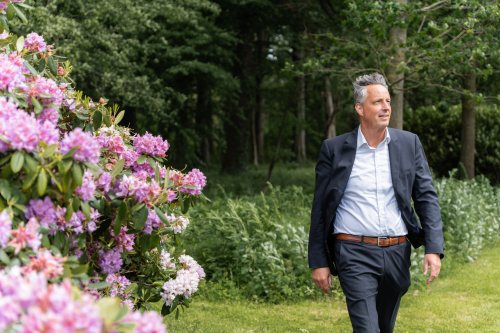Louwman Museum: Driving into the Sustainable Age
8 September 2022
When thinking of sustainability, discussions usually are about our transition away from passenger cars and specifically away from fossil fuel powered vehicles. So, it was truly fascinating to sit down with Ronald Kooyman, Managing Director of Louwman Museum to learn about how their museum and venue is rising to the occasion as a sustainable venue. Louwman Museum is a museum of cars, coaches, and motorcycles where their “aim is to tell the story of motoring,” as Ronald remarked. Their collection holds around 275 cars dating back to the dawn of motoring all the way up to the most recent Formula 1 cars.
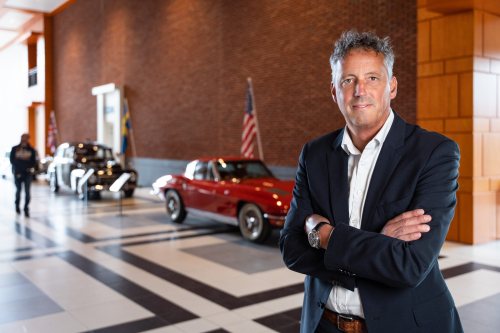
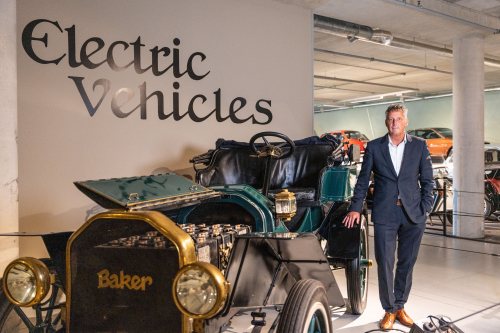
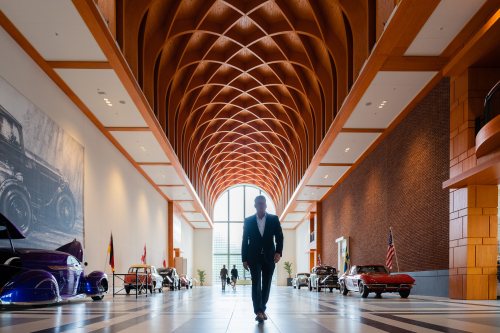
Modern day automotive talks are about the transition to electric cars and other sustainable ways to build vehicles. However, Ronald spoke about how this is not a new debate. With the first generation of cars, it was an open question if cars would use electric, steam, or combustion engines. In 1900 America, Ronald shared that in cities, 30% of cars were electric, 30% were steam, and 40% were combustion engines. The combustion engine won out, but even then it was a discussion about the environment. Just with a different twist. The discussion in the early days was not about smog and greenhouse gas emissions but about horse droppings as it was a major plight of cities that cars were able to fix.
Louwman Museum had the benefit of being a recent construction, with the project starting 20 years ago and the building was finished in 2010. This allowed for the building to be purpose-built and to include sustainable measures. One of the main areas of focus during construction was humidity control as Ronald shared that “humidity is very important for cars, not only for paintings.” This led to the Louwman Museum investing in a thermal energy storage system, as they “pump out hot water in the winter periods and cold water in the summer periods.” This allows for a natural and sustainable constant climate control system within the building. It is also a decision that had to be made from the start and cannot be retrofitted to older buildings. The decision to build the thermal energy storage system shows the forward thinking and sustainable mentality of the museum. Louwman Museum was an early adopter of sustainable technology as the building is fitted with more than 1000 solar panels, even generating excess electricity that is given back to suppliers. For a museum, lighting is of course very important and the lighting systems were all changed to LEDs and motion detectors were installed to cut back on energy consumption.
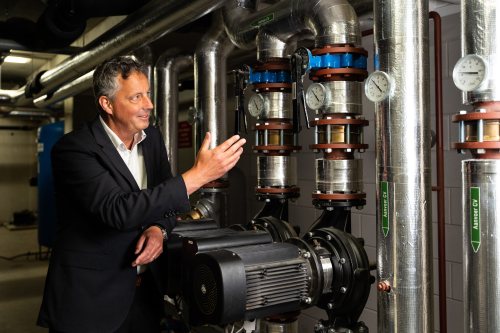
Beyond the building, Louwman Museum takes additional steps to provide a sustainable venue. Their current focus is on their catering and working with local suppliers for food served at the venue. Creating a local and circular economy is at the forefront of their current and future plans. They choose local partners whenever possible because it is not only a smart cost based decision, but a sustainable one as well. Many of the sustainable chosens have been underpinned by cost savings as it is not only an investment for now but an investment for the future. Additionally, Louwman Museum brought more than 100 trees to the location as there was previously no greenery. They hope to bring even more sustainable systems together to continuously build a sustainable future for their museum.
Many venues come with sustainability labels that show the effort the venues have put into making sustainable choices. The Louwman Museum does not have any of these sustainable labels, but why? Ronald explained that it requires an investment to receive those titles and labels and that they do not market their sustainable aspects themselves. As he put it, “sustainability comes from inside.” They are sustainable because they believe it is the best course of action for their museum, not because they are after a specific label in order to market themselves.
Ronald also believes that the future of the event industry is in hybrid events, which he cites as important for a sustainable future. He noted that “you can even send a message to 10,000 people listening at once to a congress of only 330 seats and The Hague is leading in that respect [and is] one of the leading cities.” His message is that “we should be more proud in The Hague, that we have good venues, sustainable, high quality, [and] the National Parliament is here.” We could not agree more.
